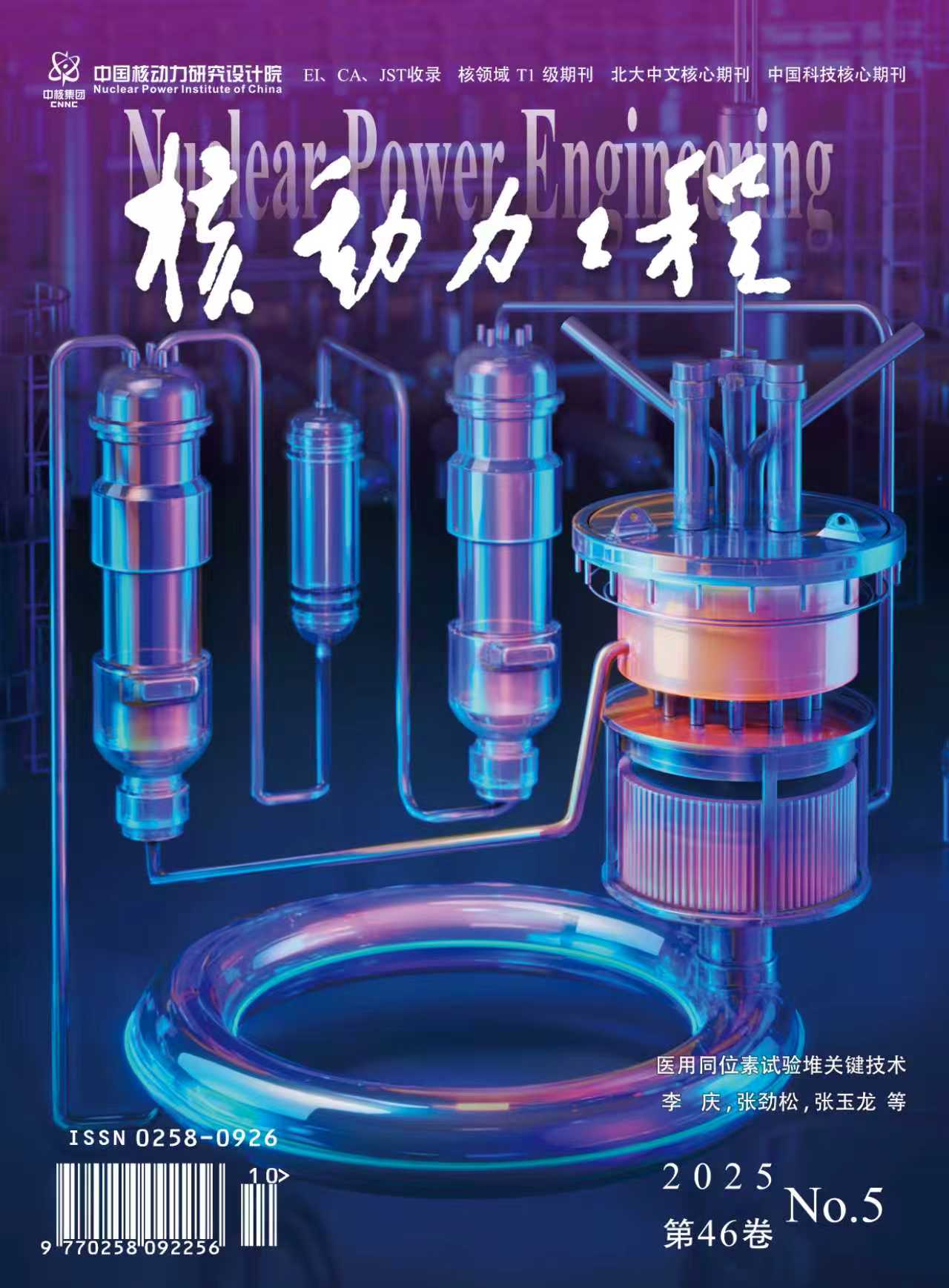2008 Vol. 29, No. 3
Display Method:
2008, 29(3): 1-4,27.
Abstract:
2008, 29(3): 5-8.
Abstract:
2008, 29(3): 9-13.
Abstract:
2008, 29(3): 14-17.
Abstract:
2008, 29(3): 18-22,55.
Abstract:
2008, 29(3): 23-27.
Abstract:
2008, 29(3): 28-31.
Abstract:
2008, 29(3): 32-34,40.
Abstract:
2008, 29(3): 35-40.
Abstract:
2008, 29(3): 41-43,51.
Abstract:
2008, 29(3): 44-47.
Abstract:
2008, 29(3): 48-51.
Abstract:
2008, 29(3): 52-55.
Abstract:
2008, 29(3): 56-58.
Abstract:
2008, 29(3): 59-63,103.
Abstract:
2008, 29(3): 64-68.
Abstract:
2008, 29(3): 69-72.
Abstract:
2008, 29(3): 73-77.
Abstract:
2008, 29(3): 78-80,107.
Abstract:
2008, 29(3): 81-84,118.
Abstract:
2008, 29(3): 85-88,107.
Abstract:
2008, 29(3): 89-93.
Abstract:
2008, 29(3): 94-98.
Abstract:
2008, 29(3): 99-103.
Abstract:
2008, 29(3): 104-107.
Abstract:
2008, 29(3): 108-112.
Abstract:
2008, 29(3): 113-115,123.
Abstract:
2008, 29(3): 116-118.
Abstract:
2008, 29(3): 119-123.
Abstract:
2008, 29(3): 124-128.
Abstract:



